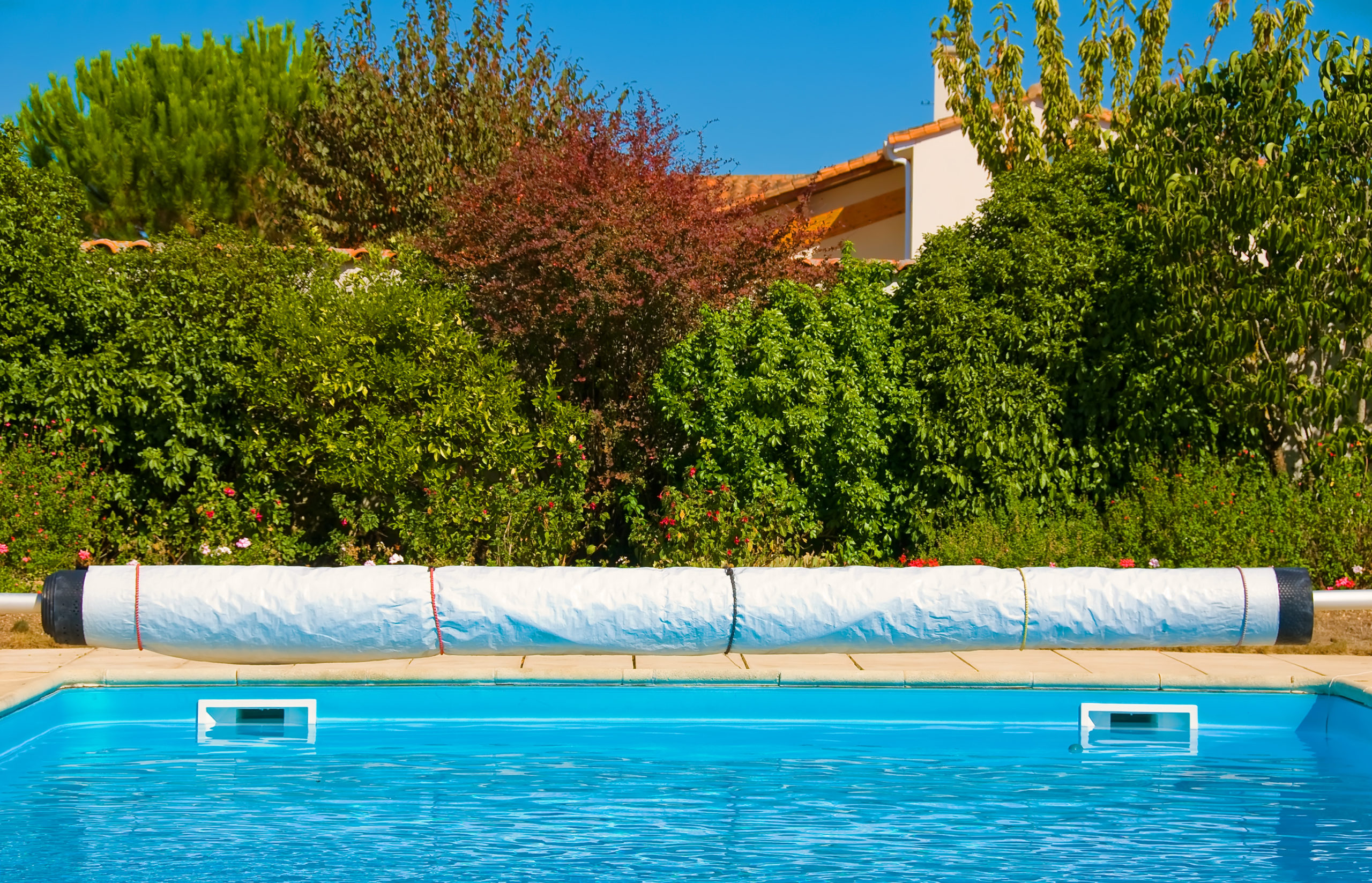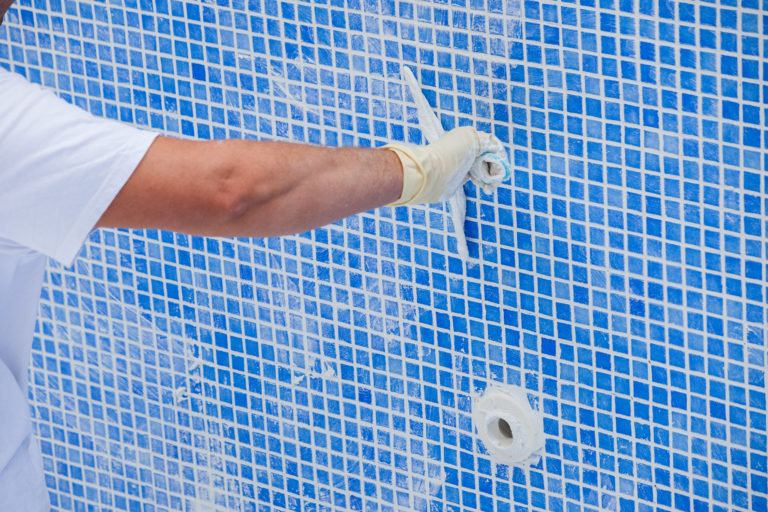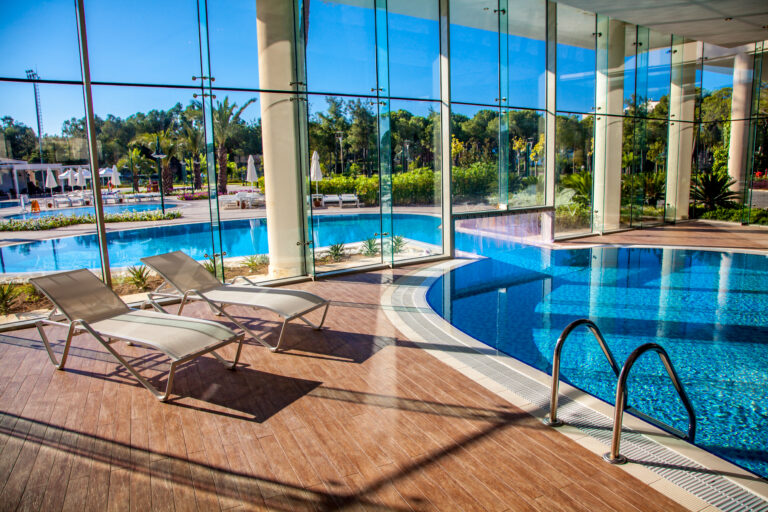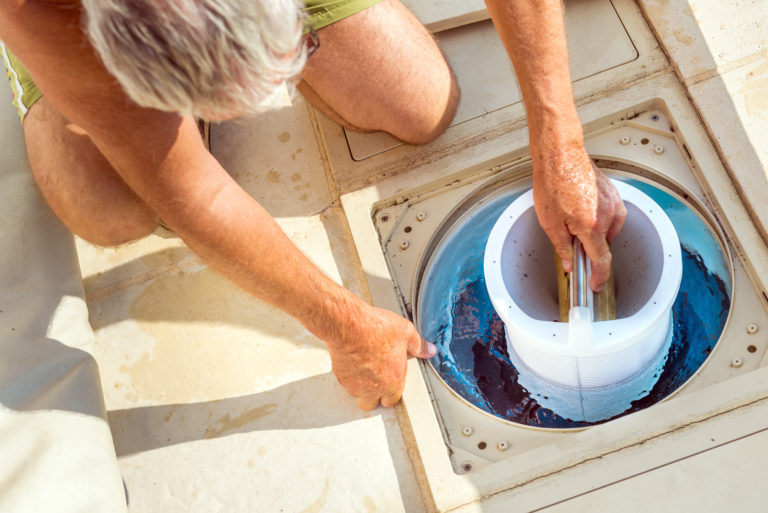Selecting the Ideal Pool Cover for Every Season
You’re a proud pool owner, but you’re not sure how to protect your investment through the changing seasons. Don’t worry, we’ve got you covered!
This article will guide you through choosing the perfect pool cover for each season. You’ll learn about different options and their specific benefits, helping you make an informed decision.
Dive in and discover how to keep your pool pristine all year round!
Understanding the Role of Seasonal Pool Covers
You’ve got to understand how different seasonal pool covers can play a vital role in maintaining your pool’s cleanliness and safety.
Let’s start with the pool maintenance basics. The right cover prevents debris from falling into your pool, reducing the time you’ll spend skimming and vacuuming. It also helps maintain chemical balance by reducing water evaporation, which can lead to imbalances that affect your pool’s pH levels.
Cover installation tips are also crucial in maximizing these benefits. Make sure the cover fits snugly over your pool, leaving no gaps for leaves or other debris to sneak through. Covers should be securely fastened to withstand wind and other weather events without ripping or coming loose.
To choose the best cover, consider your local climate and typical weather conditions during each season. For instance, a heavy-duty winter cover is essential if you live in an area with harsh winters, while lighter mesh covers are ideal for areas with mild climates.
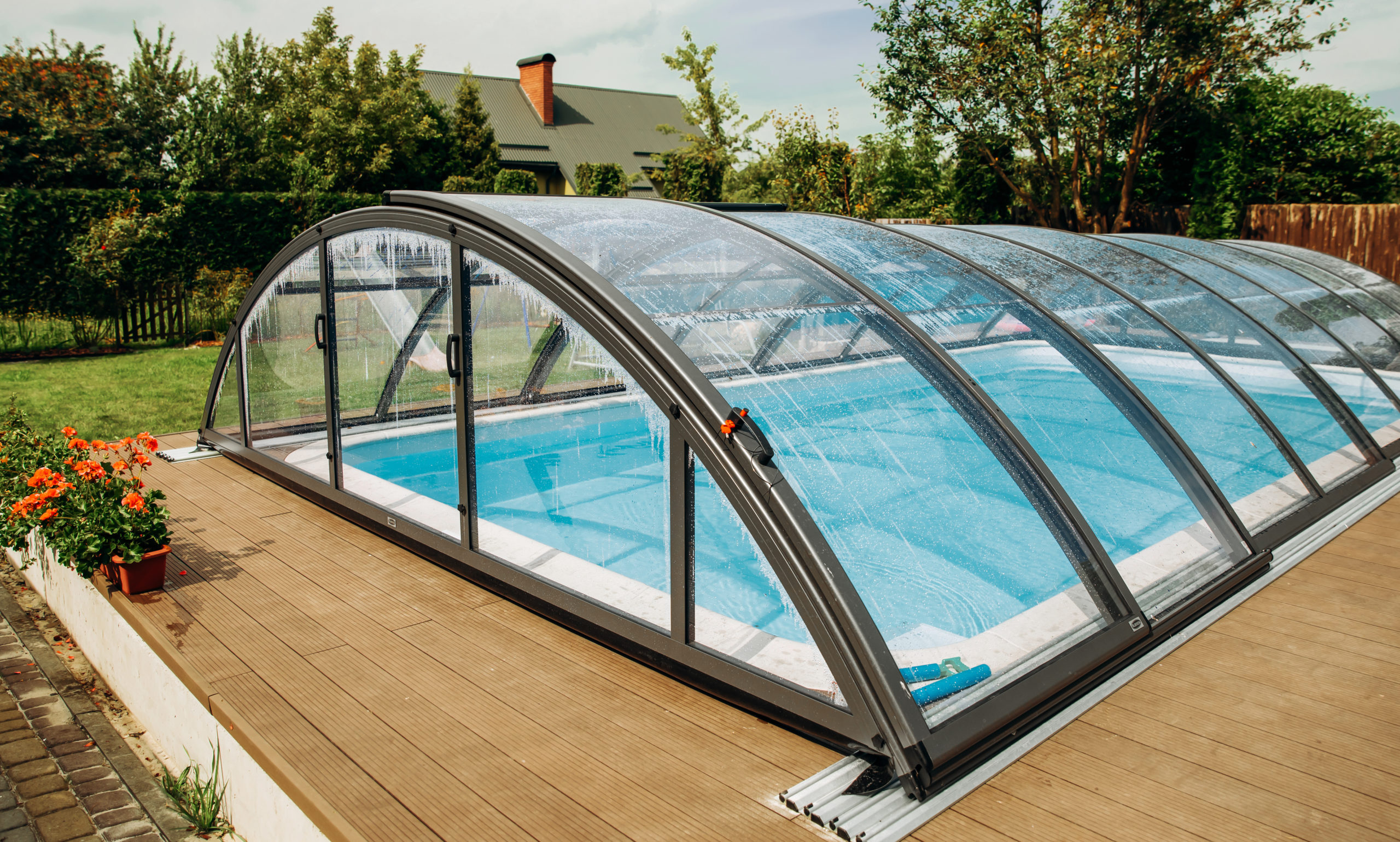
Spring Pool Cover Options and Benefits
In spring, there’s a variety of options that can benefit your swimming area greatly. With warmer weather and longer days, springs offer the perfect chance to uncover your pool and dive back into the fun. However, before you do that, cover maintenance is crucial.
What does cover maintenance include? It’s all about inspecting your pool cover for any signs of wear or tear after winter’s harsh conditions. You’ll need to clean it thoroughly, repair any damage, and store it properly to ensure its longevity.
But why is this so important in spring? The answer is simple: Springtime algae. Algae love warm water and sunlight – exactly what spring brings! If you’re not careful with your cover maintenance, algae can easily find their way into your pool through tears or holes in your cover. This could lead to a lot of time-consuming cleaning sessions.
So don’t underestimate the importance of proper cover maintenance this spring! Not only will it keep troublesome springtime algae at bay but also extend the life of your expensive pool cover. Remember: an ounce of prevention is worth a pound of cure!
Summer Selections: Pool Covers for the Warm Months
As the temperatures rise, it’s time to consider your options for summer-friendly swimming area covers. A well-chosen cover can provide UV Protection Advantages and Heat Retention Efficiency, saving you money while making pool maintenance a breeze.
Consider these benefits:
– UV Protection: A quality cover shields your pool water from harmful ultraviolet rays. This not only protects swimmers but also reduces chemical consumption and prevents algae growth.
– Heat Retention: Even in summer, nighttime temperatures can drop significantly. A good cover minimizes heat loss, keeping your pool comfortably warm and reducing heating costs.
– Water Conservation: By preventing evaporation, a cover saves precious water resources-a must in hot summer months when pools tend to lose more water.
– Debris Prevention: Falling leaves? Pesky insects? No worries! Your pool cover acts as a barrier against unwanted debris.
Remember: each pool is unique. Consider factors such as size, shape, exposure to sunlight and wind when choosing your summer cover. With careful consideration of UV protection advantages and heat retention efficiency, you’ll select a cover that’ll keep your pool cool and inviting all summer long.
Fall and Winter: Choosing a Pool Cover for the Colder Seasons
Shifting your focus to fall and winter, it’s crucial to consider what type of swimming area shield will best serve you during the colder months. During these seasons, cover durability becomes even more vital as the weather can be unpredictable. You may face snowfall or ice formation on the pool surface, so it’s essential that your pool cover can withstand such conditions.
Cover durability isn’t just about being able to handle harsh weather; it also means maintaining its performance over time. Pool covers should be resistant to tearing and stretching, ensuring they keep their shape for longer periods. They should also resist UV damage from sunlight exposure in early fall and late winter.
Don’t underestimate insulation importance either. A well-insulated pool cover helps maintain water temperature by reducing heat loss through evaporation. This feature isn’t only beneficial for those brave enough to take a dip in cooler weather but also saves energy costs associated with heating your pool.
Key Factors to Consider When Selecting a Pool Cover
When you’re weighing up your options, it’s important to keep a few crucial factors in mind. You can’t overlook cover durability and installation ease when selecting a pool cover. These aren’t just buzzwords; they’re key considerations that’ll determine how well your pool is protected throughout the year.
Let’s talk about cover durability first. Your chosen pool cover should be robust enough to withstand harsh weather conditions, especially if you live in an area where winters are particularly severe. It should be able to resist wear and tear from falling debris too. After all, you wouldn’t want your hard-earned money going down the drain due to a flimsy cover.
Next up is installation ease. If you’re like most folks, wrestling with a complicated setup isn’t exactly high on your list of fun activities. Look for covers that make the process as straightforward as possible – ones that don’t require special tools or additional manpower would be ideal.
Remember these points during your hunt for the perfect pool cover, and you’ll save yourself unnecessary stress while ensuring top-notch protection for your pool.
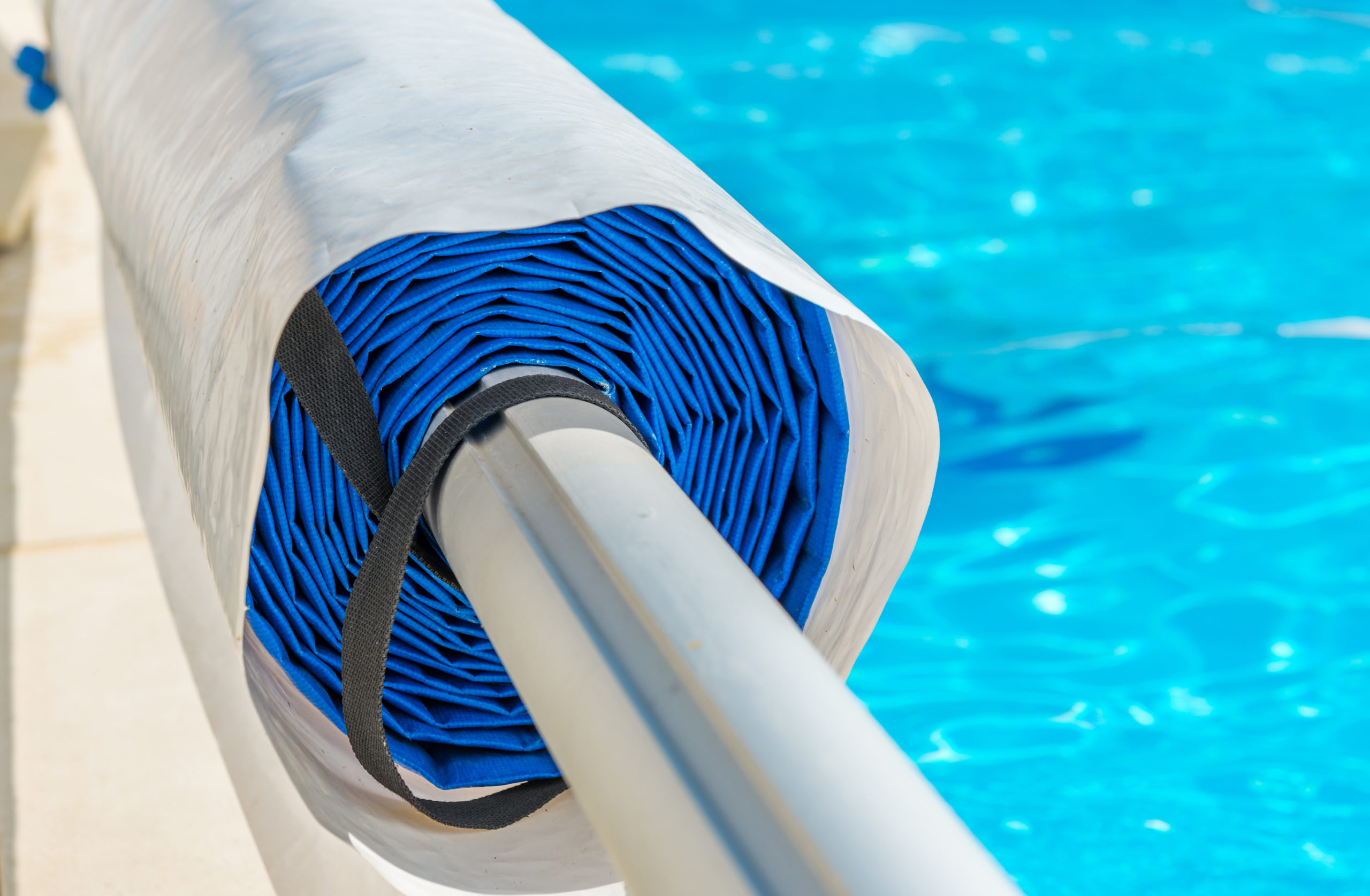
Frequently Asked Questions
Can a Pool Cover Be Used to Heat the Pool or Maintain Its Temperature?
Yes, you can effectively use a pool cover to heat your pool and maintain its temperature. Solar efficiency is key here. Some cover materials absorb sunlight and convert it into heat, warming the water beneath.
What Are the Costs of Different Types of Pool Covers and Where Can They Be Purchased?
You can purchase various pool covers, varying in cost due to factors like cover durability and pool aesthetics. They’re available at home improvement stores or online. Prices range from $75 to over $1,000.
Can I Install a Pool Cover Myself or Do I Need Professional Help?
Yes, you can install a pool cover yourself. Consider the cover’s durability and necessary installation tools. However, if it’s complex, a professional might ensure secure fitting to withstand all seasons.
How to Properly Maintain and Clean a Pool Cover Throughout the Year?
To maintain your pool cover, clean it regularly to ensure its longevity and material durability. Don’t let debris accumulate, check for damage frequently, and remember that proper storage when not in use is key.
What Are the Safety Measures to Consider When Using a Pool Cover?
When using a pool cover, you’ve to ensure it’s sturdy enough for child protection. Don’t ignore its lifespan; replace it when needed. Always secure it properly, and never let children play on it unattended.

